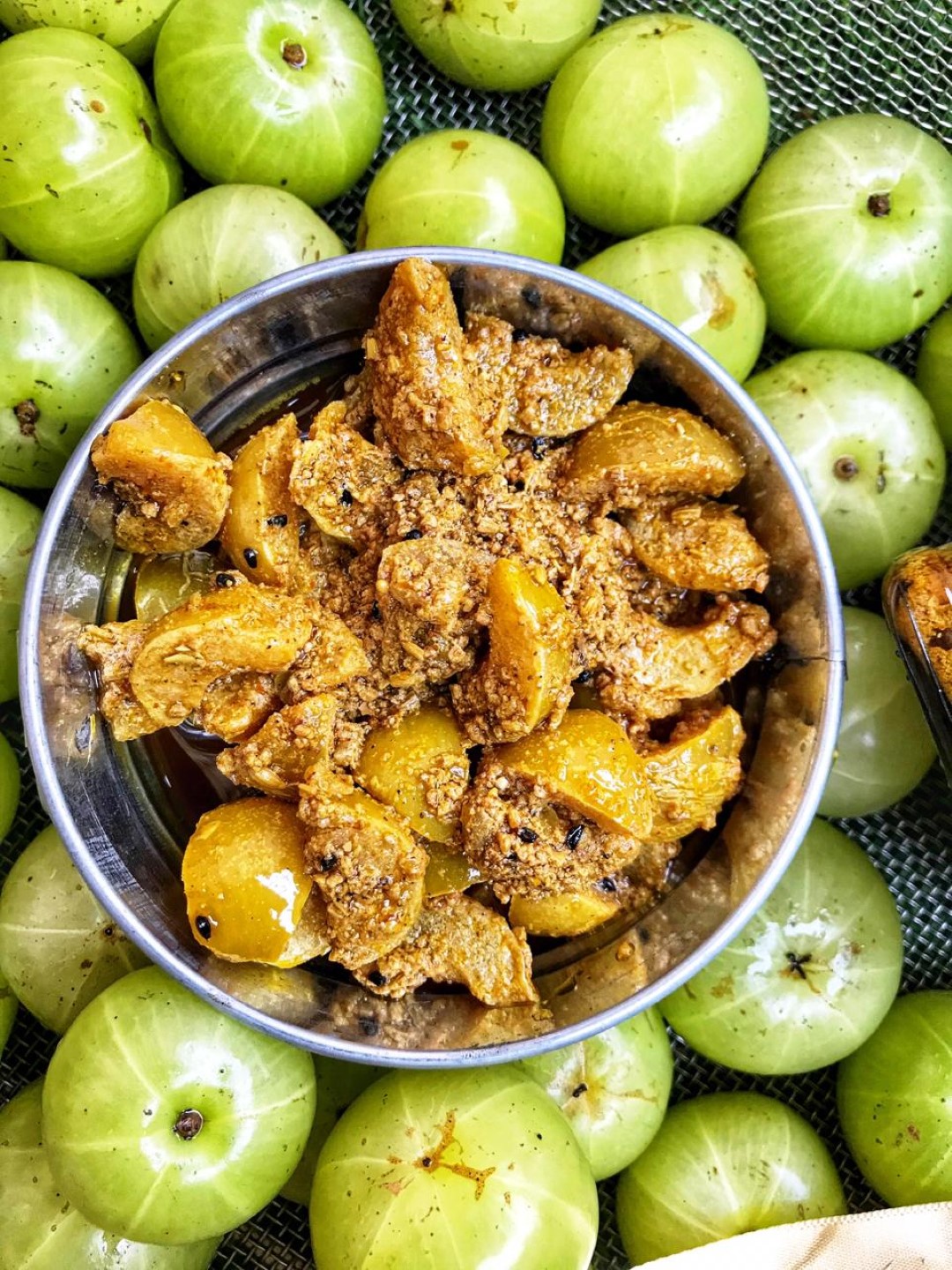In a detailed and insightful video by Michigan Foot Doctors, the profound benefits and essential roles of Vitamins K2, D3, and Magnesium are meticulously unpacked. These vital nutrients, often overlooked, are crucial players in our body’s health orchestra, harmonizing processes like immune function, bone health, and muscle strength.
🎥 Watch the video here:
Caption: Dive deep into the world of Vitamins K2, D3, and Magnesium with Michigan Foot Doctors as they unveil the latest research and the interconnected roles of these essential nutrients in bolstering health.
Key Takeaways from the Video:
- Vitamin K2: A lesser-known vitamin, K2 is instrumental in guiding calcium to the bones and teeth, ensuring it doesn’t accumulate in the blood vessels. This nuanced role helps maintain vascular health, preventing atherosclerosis and supporting overall cardiovascular well-being.
- Vitamin D3: A well-known protagonist in the calcium absorption process, D3 is indispensable for robust bone and immune health. It collaborates closely with Vitamin K2, ensuring calcium is utilized effectively within the body.
- Magnesium: A versatile cofactor, Magnesium amplifies the effectiveness of Vitamin D3. It is also a stalwart supporter of various biological processes, including muscle and nerve function.
- Nutritional Sources: The video emphasizes the power of diet in nourishing our bodies with these essential nutrients. It highlights various foods rich in these vitamins and minerals, encouraging a balanced and thoughtful approach to diet.
- Supplementation: For those who may find it challenging to meet their nutritional needs through diet alone, the video provides guidance on supplementation, ensuring that the body receives the necessary support for optimal function.
- Interactions and Considerations: A nuanced discussion is offered on the interactions of these vitamins and minerals with medications such as blood thinners, providing a comprehensive understanding of how to maximize their benefits while considering individual health circumstances.
Conclusion:
Navigating the labyrinth of vitamins and minerals is a journey made easier with the guidance of experts like Michigan Foot Doctors. Their video serves as a beacon of knowledge, illuminating the paths of Vitamins K2, D3, and Magnesium in the intricate network of our body’s health and wellness.
FAQs
- What are the main benefits of Vitamin K2?
Vitamin K2 is a powerhouse nutrient that primarily directs calcium to the bones and teeth, preventing its accumulation in the blood vessels. This not only supports strong bones and teeth but also promotes cardiovascular health by preventing arterial calcification. - How does Vitamin D3 enhance the effectiveness of Vitamin K2?
Vitamin D3 acts as a facilitator for calcium absorption in the bloodstream. When paired with Vitamin K2, it ensures that the absorbed calcium is effectively utilized in the bones and teeth, optimizing overall bone health and minimizing the risk of calcium deposition in arteries. - Why is Magnesium important in conjunction with Vitamins K2 and D3?
Magnesium acts as a powerful cofactor that enhances the benefits of Vitamins K2 and D3. It plays a pivotal role in various biological processes, including muscle and nerve function, and helps in improving the overall effectiveness of calcium utilization in the body. - Which foods are rich in Vitamins K2, D3, and Magnesium?
A variety of foods can enrich your diet with these essential nutrients. For Vitamin K2, consider natto, cheeses, and egg yolks. Vitamin D3 is abundant in fatty fish, fortified foods, and egg yolks, while Magnesium can be found in nuts, seeds, and green leafy vegetables. - Is supplementation necessary to meet the daily requirements of these nutrients?
Supplementation can be a helpful ally, especially when it is challenging to meet the nutritional requirements through diet alone. It ensures that the body receives consistent and adequate levels of these essential vitamins and minerals for optimal function. - Are there any considerations or interactions to be aware of when taking these vitamins and minerals?
It’s essential to consider the interactions of these nutrients with certain medications, such as blood thinners. A thoughtful approach, considering individual health circumstances and possible medication interactions, is crucial for maximizing the benefits of these nutrients.
Blog Tags
Vitamin K2, Vitamin D3, Magnesium, Nutritional Supplements, Bone Health, Cardiovascular Health, Dietary Guidance, Vitamin Interactions, Essential Nutrients, Health and Wellness













